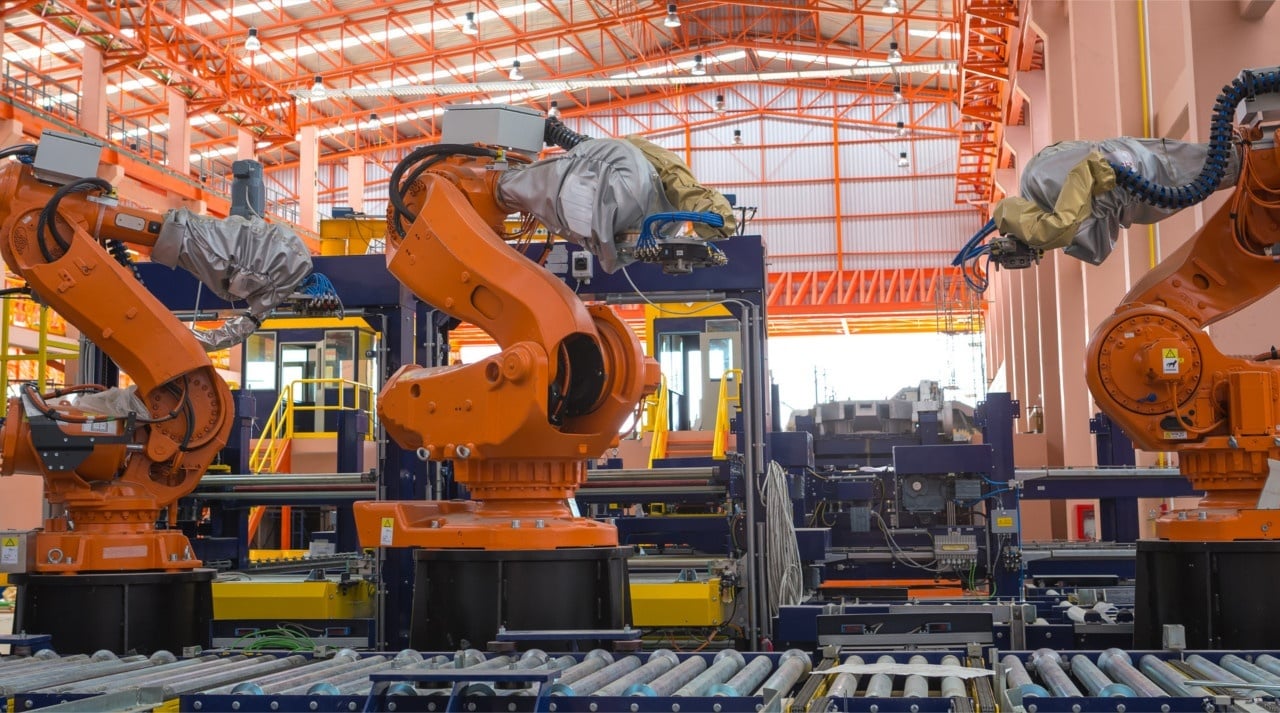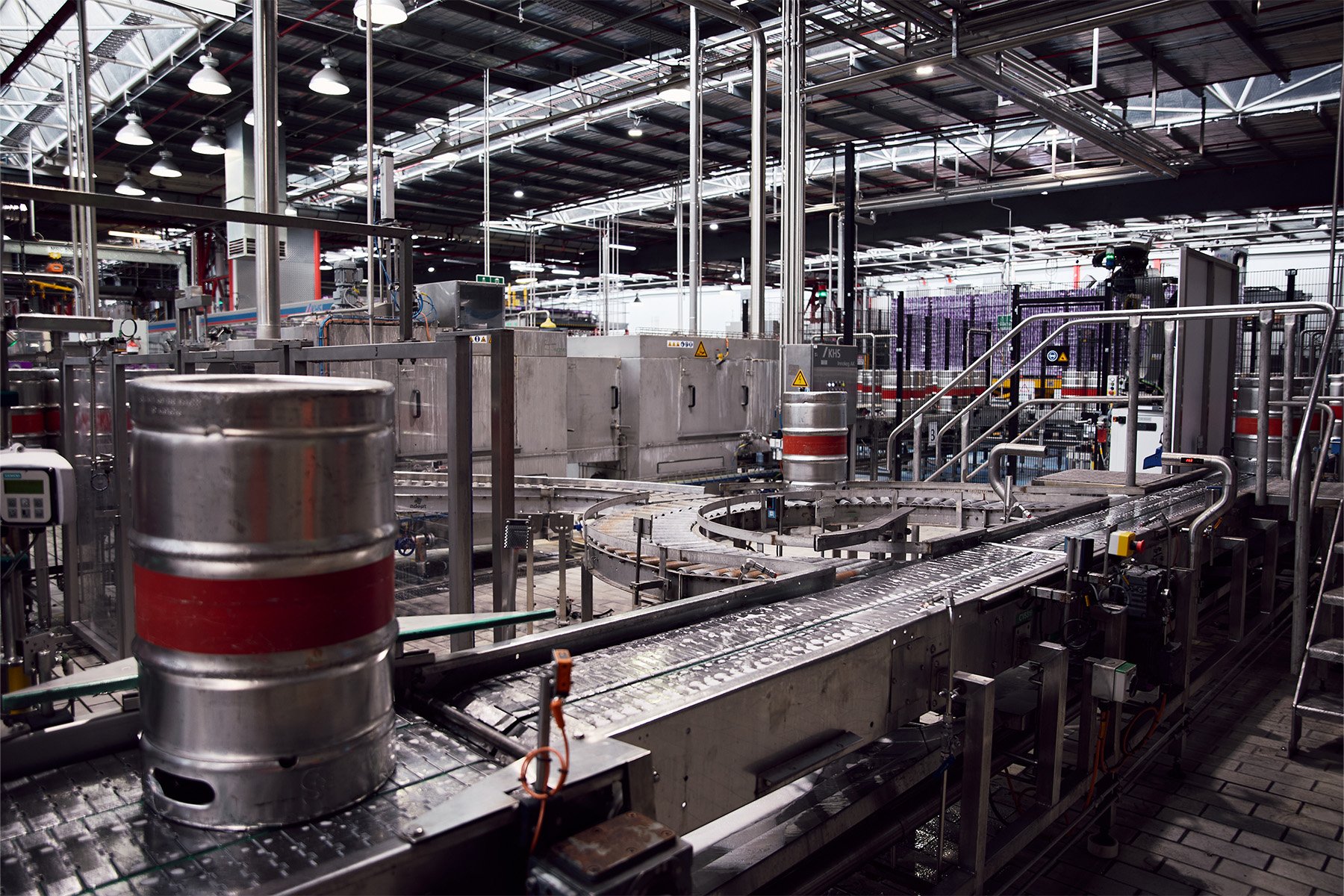The year 2009 was tough. Different sectors of economies all over the world were still reeling from the effects of the GFC, and manufacturing was no exception. In Australia, the ABC reported that manufacturing made up only 9% of GDP, down from 27% in 2008.
This led manufacturing firms to examine how they could work leaner, harder and smarter. In their 2009 annual report, the McKinsey Global Institute (MGI) suggested that big data was the key to transforming manufacturing in three key ways: innovation, competition and productivity. You would think that manufacturers, facing the possible decline of their industry, would eagerly cling to any potential saviour, but history suggests otherwise.
In the seven years since, the uptake of big data solutions has been slow. MGI’s latest report estimates that only ‘twenty to thirty percent of the potential value of data is currently being captured in manufacturing’ — and this engagement is limited to a few big companies leading the charge.
There are several apparent explanations for this: manufacturers having to grapple with siloed data in legacy IT systems, cultural fear of change, and leadership being skeptical of impact. But, by refusing to tackle these issues, businesses are missing out on insights that could make their organizational practices more competitive. So, how could big data revolutionize manufacturing, assuming companies are up to the challenge?
1. Unearthing important insights
There’s a certain stereotype about engineers who strut around boasting of their efficient processes and enviable yield. ‘It can’t be beat’ he (or she) crows.
Well, there’s also a common saying: ‘never rest on your laurels’, and big data agrees.
In another McKinsey report titled How big data can improve manufacturing, the authors state, ‘even within manufacturing operations that are considered best-in-class, the use of advanced analytics may reveal further opportunities to increase yield.’
They give the example of a chemical manufacturer – a company that was known in the industry as being a front-runner of process improvement – having produced a yield that was consistently higher than comparative companies. The engineers at the plant were skeptical that the manufacturer’s operations could be further optimised, with one of their engineers remarking, ‘This is the plant that everybody uses as a reference.’
That was until they started applying neural-network techniques to variables that affect yield. They examined the relationships between factors such as:
- coolant pressure
- temperature
- quantity
- carbon dioxide flow
Using this type of analysis revealed a number of sensitivities, in particular, that the variability in carbon dioxide levels was significantly reducing yield.
After adjusting the parameters to prevent fluctuations, the company was able to reduce wastage of raw materials by a massive 20% and associated energy costs by 15%, as well as improving the yield overall.
The lesson? Big data doesn’t just improve performance, it can completely change the way you think about your processes.
2. Big data is the missing link: breaking down information silos
Another way in which big data changes company culture is by breaking down silo mentality. The Gartner BI Analytics and Maturity model defines the mature use of analytics technology as: ‘processes and technologies that start to become coordinated across the enterprise.’ In other words it’s the missing link between production and financial performance.
Fortune illustrates this by looking at a major materials company who employed an analytics team to measure their manufacturing processes. However, they discovered that the main issue wasn’t processes but politics. One of their analysts noted:
‘For instance, a human planning a truck route will always avoid a “drive by”—taking a truck from one pickup to a third, bypassing a second in between. But a computer will sometimes find a drive-by is actually most efficient, for reasons that humans can’t easily perceive. In such situations the algorithm is often overruled. Sometimes people don’t want to piss off their human planners.’
If manufacturing businesses want to be entirely successful, they need to use this information to make decisions that are best for the business, not just for their department.
3. Preparing for the future of manufacturing
There has been a lot of excitement about the potential for the Industrial Internet of Things (IIoT) and manufacturing. In future, the reality of interconnected devices will generate and interpret exponential quantities of data to discover patterns and predict future trends.
Cisco gives us a glimpse into what the future of manufacturing might look like. In 2016 they worked with Mazak, a manufacturer of machine tools, to create an integrated digital solution. Mazak can connect an off-the-shelf sensor that harnesses the data produced by its manufacturing equipment, which uncovers patterns in the process. As a result of this, as Cisco states, ‘machine use is maximized and downtime is minimised’ through predictive maintenance.
Cisco anticipates that, over time, this software will have enough ‘hot’ data to identify patterns and develop predictions to prevent bottlenecks, reimagining the way the company plans for disaster and attempts to reduce plant downtime.
Taking that first step
There are still a number of challenges manufacturers face in order to streamline processes, lower downtimes and achieve better yields. As the examples show, big data alone isn’t a magic bullet – transformation takes commitment, a willingness to learn, an admission you might do better and the willingness to change. If your company can embrace these values then you will be in a good position to weather whatever challenges the future could pose.
To find out more about how big data can transform your business, download our guide to driving operational efficiencies through real-time data today.





